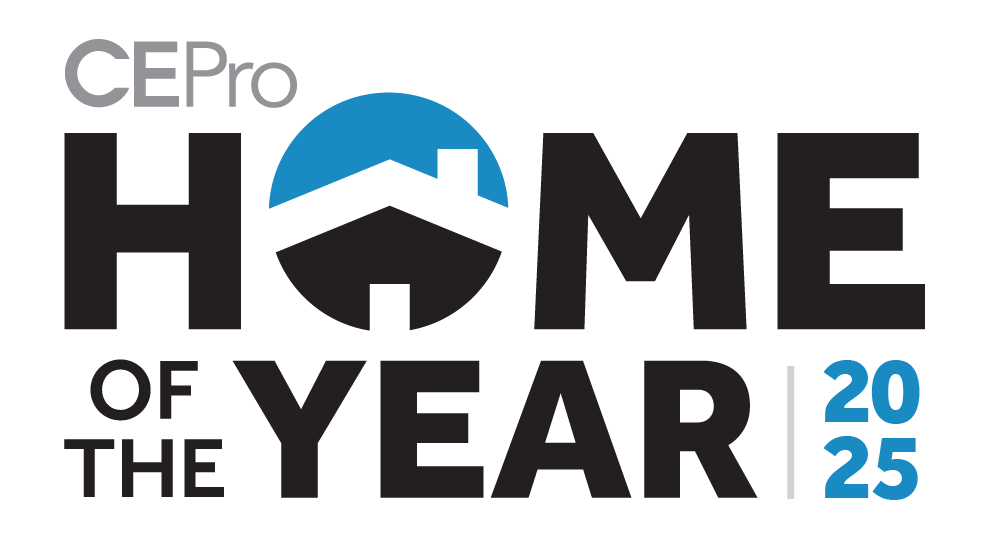Buoyed by a surge in multifamily construction, total housing starts in the U.S. rose to an annualized rate of 1.32 million units in June, marking a 4.6% increase from May, according to newly released data from the U.S. Department of Housing and Urban Development and the U.S. Census Bureau.
That surge constituted a 30% increase in multifamily starts, elevating the annualized rate to 438,000 from May’s numbers. That means that if the rate seen in June was maintained over the next 12 months, 438,000 multifamily units would have been started.
Single-family housing starts, meanwhile, dropped to an annualized rate of 883,000 units in June, down 4.6% from May and down 10% year-over-year (YoY).
The declines for single-family home building have gotten to the point where the number of homes under construction has also levelled off, according to the National Association of Homebuilders (NAHB).
Currently 622,000 single-family homes are under construction, 6% lower than a year ago. The number of apartments under construction in June, meanwhile, was 739,000, 18.8% lower YoY.
During this time, new single-family home sales remained largely flat while existing home sales fell 2.7% from May to a seasonally adjusted annual rate of 3.93 million units according to a report from the National Association of Realtors (NAR).
Sellers Would Rather Delist Than Lower Prices
Historically, summer serves as the busiest time of the year for home production and home sales, however due to elevated mortgage rates and housing costs, this year’s season has been remarkably tepid.
Homes are sitting on the market for longer, with the average home being sold within 27 days as of June, up five days from June 2024.
As a result, home inventory is steadily rising. New single-family inventory rose 1.2% from May to 511,000, with it sitting 8.5% higher than it did a year ago.
Additionally, the number of homes that are considered “Ready to Occupy” on the market has risen 21.3% in the past year and now sits at 114,000 units.
This, however, remains historically low, as, prior to the pandemic, housing inventory sat at a little over 1 million homes. As a result, even though sales continues to deteriorate, home prices continue to rise.
As of June, the median sales price of a home on the market sat at an all-time high of $435,300, combined with mortgage rates that are still hovering around 6.7%, and it is keeping many buyers on the sidelines.
Those that are engaging with the market are reportedly seeing some discounts, as 20.7% of homes listed for sale had their prices reduced in June which marks the highest share since 2016.
Rather than this signal a potential correction, however, realtors are seeing something different. Instead, more sellers are now opting to pull their homes off the market entirely. The number of properties that fit into this category has risen 47% from a year ago.
Single-Family Construction and Sales Continue to Slow Down
In 2024 commercial revenue came to eclipse residential for the average integrator according to CE Pro’s State of the Industry report, marking a 20% increase in commercial revenue, while residential saw a 20% decrease, making up less than half an integrators total revenue stream.
Nowadays, new construction—specifically custom homes—and retrofits continue to be the largest drivers of revenue for integrators in the residential sector.
This year, however, has proven to be a far slower year for new construction and sales than initially expected. Single-family construction has largely declined since January while multifamily has whipsawed between high highs and low lows.
It’s to the point where experts, initially putting out positive projections at the start of 2025 are now revising them downward. Zillow notably revised projections to say that that the median home sales price would finish the year in the red, while Realtor.com now expects single-family construction to finish the year 3.7% lower than last.
The luxury market may be faring better right now, however, it seems activity is beginning to slow there as well.
The Institute for Luxury Home Marketing found that single-family home sales in the luxury segment were up 11.0% compared to last year, however, the average property now takes 23% longer to sell compared to a year ago.
Additionally, inventory of these homes has steadily been ticking up, with June’s inventory being up 26% compared to last year.
Renovations Prove Remarkably Resilient in Face of Tariffs
In the interim, it seems prognostications that the remodel market would see a resurgence this year have some merits, though the details are a little murky.
Cost of home repairs have climbed 4% so far this year according to Verisk’s Remodel Index, which tracks costs for more than 10,000 home repair items. Before you ask: it’s labor that’s driving the prices up, not tariffs (yet).
Despite that, early Q1 data from the government found that sales at building materials and garden supply retailers were up 3.2% YoY in April, despite U.S. retail sales as a whole rising only 0.1%.
Harvard University’s Joint Center for Housing Studies’ most recent quarterly outlook of home improvement projects has also found that spending by homeowners on maintenance and home improvement projects increased 0.5% in the first quarter from a year earlier to $513 billion.
It’s not the surge seen during the pandemic, but the impetus for it remains the same: many are currently stuck in aging homes and rather than saddle up with a high-interest rate mortgage, they’re looking to improve the place they got.
Chatter among retailers may point towards a different type of remodeling going on, however. Because of elevated interest rates, Billy Bastek, an executive over at Home Depot says he sees the size of home improvement jobs shrinking when speaking with the Associated Press.
That, coincidentally, mirrors a trend we noticed in this year’s State of the Industry, as integrators have started taking on smaller jobs compared to prior years.
Future Construction Outlook Remains Muted
Looking ahead, this resilience in remodeling activity is expected to continue throughout the year, though experts say broader economic elements like a recession, worsening job market or higher inflation would likely tank those expectations.
Overall permits for housing exhibited a negligible increase (0.2%) heading into June with single-family permits dropping 3.7% to a 866,000-unit rate. Those numbers are down 8.4% YoY. Multifamily permits, meanwhile, increased 7.3% to a 531,000 pace.
Breaking performance down on a regional basis, combined housing starts were up in the Northeast and Midwest YoY (28.8% and 13.1% respectively) while being down in the South and West (8.1% and 0.6% respectively).
Permits, meanwhile, were only 8.2% YoY higher in the Midwest. The Northeast, South and West saw drops of 16.9%, 3.3% and 3.7% respectively.
Sales were down across all four regions, falling 25.6% YoY in the Northeast, 8.5% in the Midwest, 1.6% in the South and 4% in the West.
















